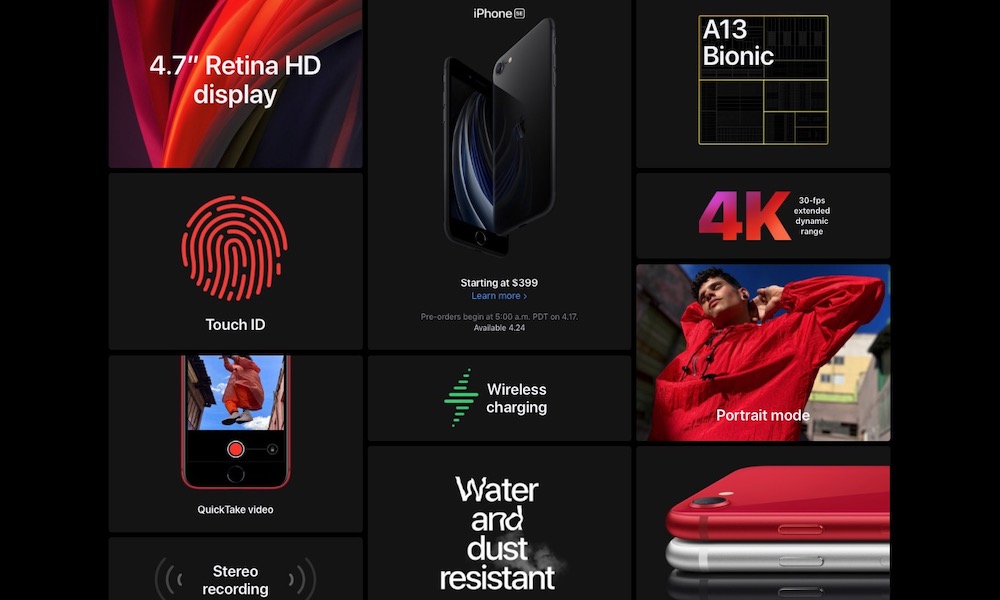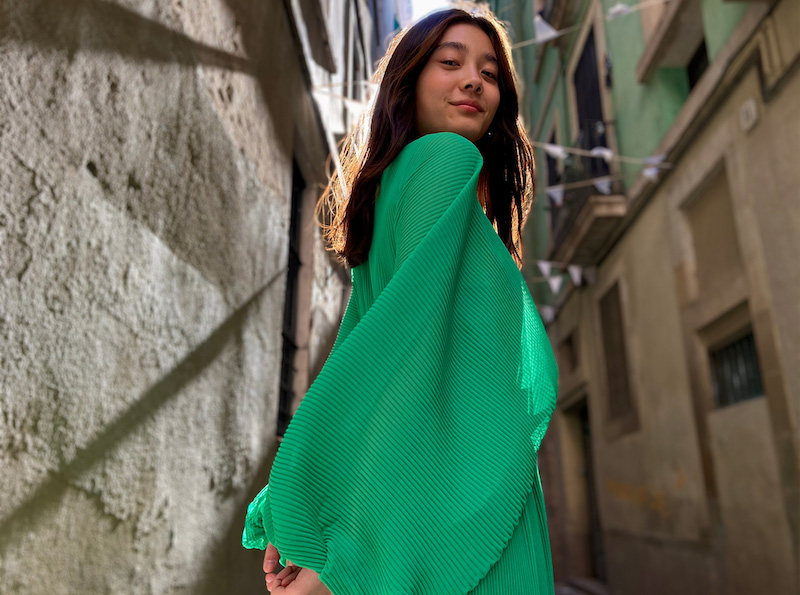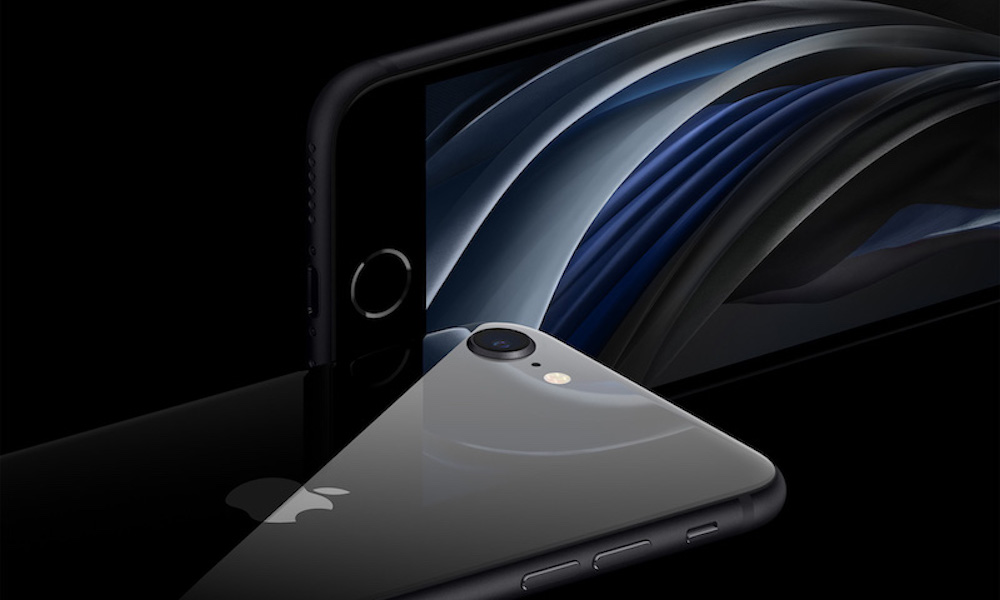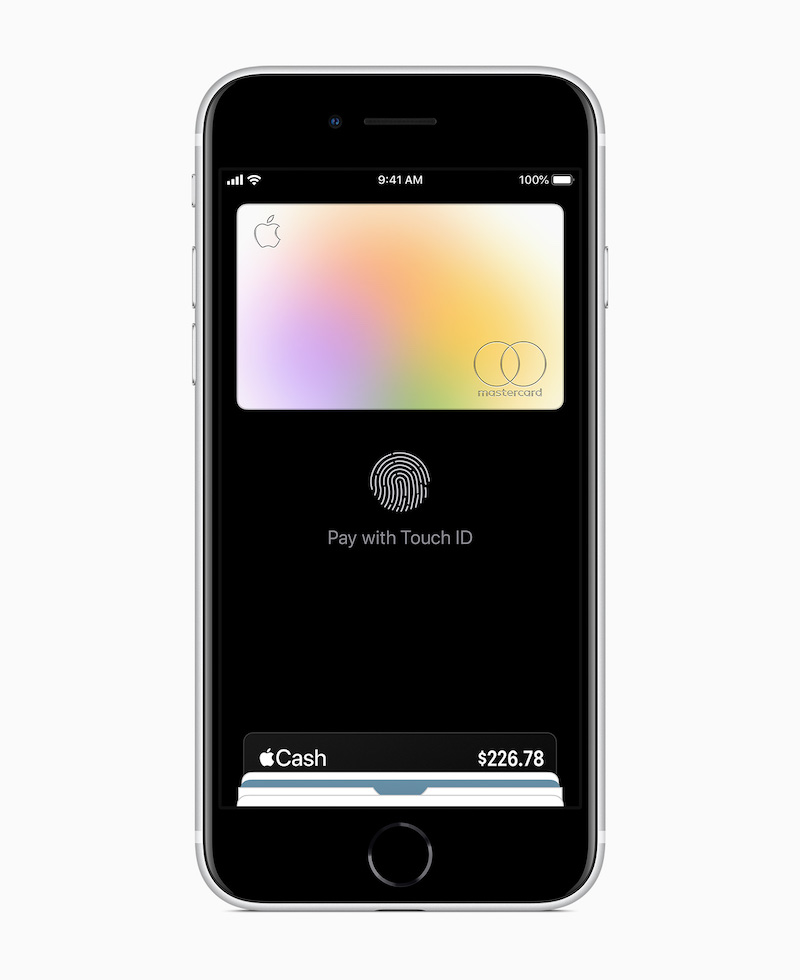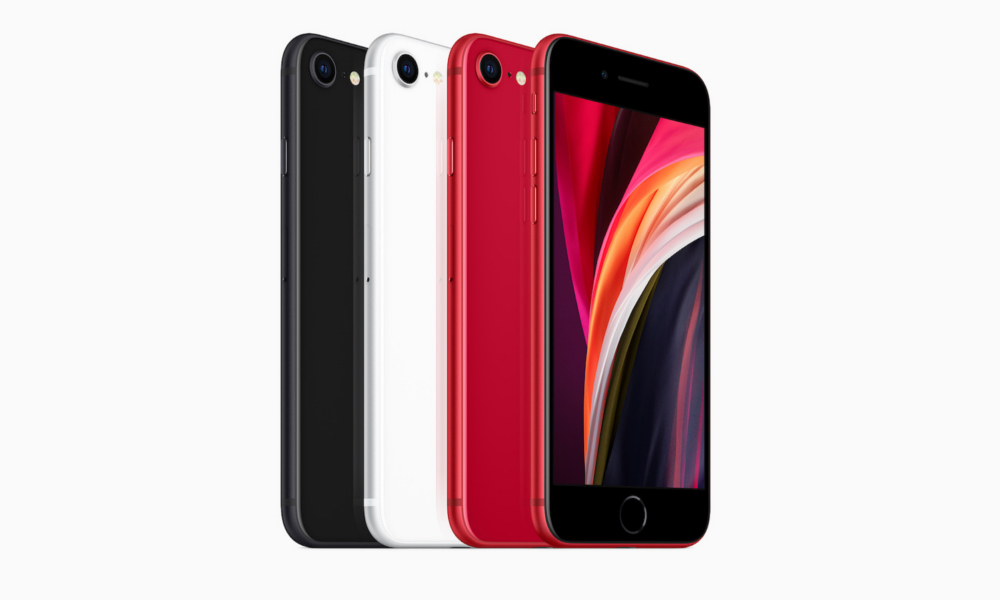The New iPhone SE Is Now Available for Pre-Order and It’s a Great Deal — Here’s Everything You Get For Only $399
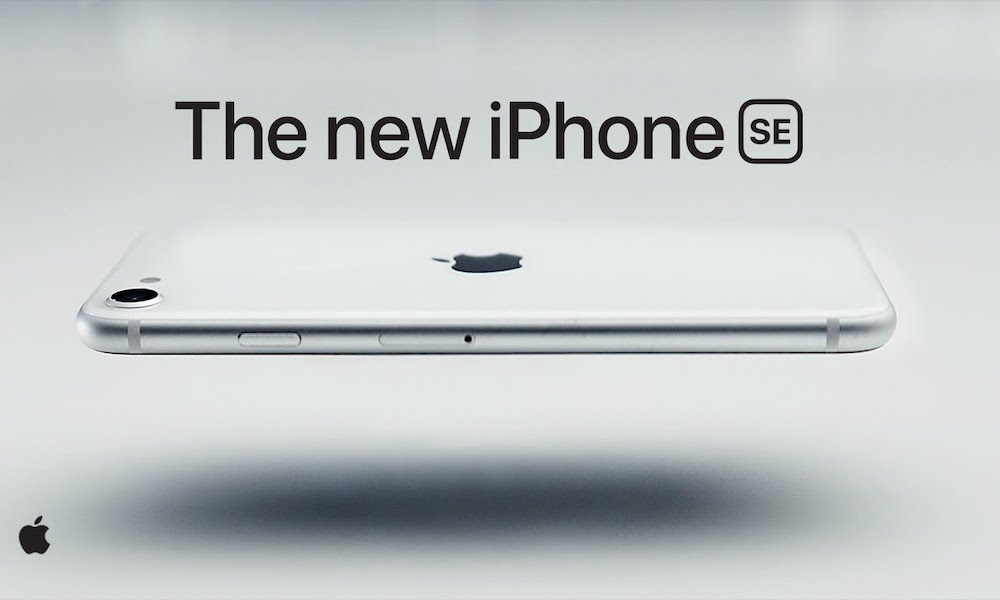 Credit: Apple
Credit: Apple
After Apple officially unveiled the new iPhone SE earlier this week, it’s now available for pre-order from Apple and other retailers like Best Buy, with deliveries starting next week and units expected to arrive in stores next Friday.
Available in black, white and (PRODUCT)RED, the 2020 iPhone SE starts at $399 for a 64GB model, and the higher capacity upgrades of 128GB and 256GB are available for $449, and $549, respectively.
It’s actually hard to overstate how great of a deal this actually is, considering what you’re getting for this price — it actually costs less than the 2.5-year-old iPhone that it’s effectively replacing — so if you’ve been holding out on an upgrade to a current model iPhone because of the steep prices, the new iPhone SE is worth a very serious look. Here’s everything you’re getting in this amazing little $399 iPhone.
iPhone 11 Power and Performance
The iPhone SE is powered by the exact same A13 chip that’s found in Apple’s iPhone 11 and iPhone 11 Pro Max. This is actually a pretty respectable notch above the just-announced 2020 iPad Pro, which still includes only a variation on the 2018-era A12 chip.
In practical terms, this means that you could spend $1,449 — over $1K more — on an iPhone 11 Pro Max and it wouldn’t be any faster at playing games or performing machine learning tasks than the humble new iPhone SE. There are definitely valid reasons to pay more for an iPhone 11, but getting top-notch performance is no longer among them.
A Great Camera
It remains a bit unclear how much the camera in the iPhone SE has been upgraded over the 2017 iPhone 8 in terms of the physical hardware, but there’s no doubt that the A13 chip in the new iPhone SE makes it an entirely new ballgame compared to what came before.
A recent analysis of the new iPad Pro leads us to believe that, despite the spec sheets being very similar, Apple has in fact added a larger sensor to the iPhone SE camera, making it more on par with the one found in the iPhone XR. The iPhone SE specs do tellingly note “Autofocus with Focus Pixels” as a key new feature, which would be required to support the new Portrait Mode features, and was not something found on the iPhone 8.
So in the very least, you’re getting the same rear camera as the iPhone XR, plus the added power of the A13 chip, for $200 less.
Yes, the iPhone 11 still provides an extra ultra-wide lens, and it doesn’t look like the iPhone SE will support features like Deep Fusion and Night Mode, but it’s also almost less than half the price of the iPhone 11. If you’re a serious mobile photographer, even the iPhone 11 probably won’t be enough for you, but for most people who are only snapping casual pictures, the iPhone SE offers a fantastic single-lens camera, especially at this price.
Portrait Mode
One nice surprise that Apple included in the iPhone SE — which really shouldn’t have surprised us when we think about it — was the addition of Portrait Mode to both the rear and front cameras.
While the iPhone SE doesn’t support the more advanced iPhone 11 features like Deep Fusion and Night Mode, as these clearly still require the extra lens, it does offer the exact same Portrait Mode features, including all six Portrait Lighting effects, plus the ability to edit the bokeh effects for pictures you’ve already shot.
The iPhone XR also debuted support for Portrait Mode through its single-lens camera, although this was limited to taking pictures of people, since it relied on machine learning to identify faces, and only human faces qualified, not pets. While it’s unclear if the iPhone SE will have similar limitations, the extra power of the A13 CPU means that it should be able to do a better job with Portrait Mode either way, and even if Apple’s built-in camera app still can’t get a Portrait Mode shot of fluffy or fido, there are already third-party apps like Halide that have managed to figure this out on the iPhone XR, so there’s no reason to expect that the iPhone SE will be any more of a challenge for them.
256GB Capacity
Apple has a habit of dropping the higher-tier storage configurations for prior-year models. Both the iPhone 8 and iPhone XR originally had a 256GB option, but sadly that’s no longer available. However, the iPhone SE does, and this highest-capacity option is still $150 cheaper than the 64GB iPhone XR, which is the next model up in Apple’s current product lineup.
Familiarity
If you’ve been avoiding the new “X-series” iPhones because you don’t like Face ID and prefer the familiar feel of a home button and Touch ID sensor beneath your fingers, the iPhone SE won’t disappoint. You’re getting the exact same physical design of the iPhone 8, which is still much-loved by many people, in a package that contains much of the same power of the iPhone 11.
Longevity
Something that’s easily overlooked when buying a new smartphone is how long you think you’ll be able to hold onto it before it starts feeling long in the tooth. This is often one of the ways that both vendors and customers justify higher-priced smartphones — that spending $1,000 or more is worth it as long as you know that you’ll be able to hang onto it for a few years before you need to upgrade again.
It’s an important consideration, so perhaps the most important thing about the new iPhone SE is that you can now buy a $399 iPhone that will last you for just as long as a considerably more expensive flagship model.
The key to this, of course, is Apple’s A13 chip again. Apple has a history of supporting all of their devices for years. The 2016 iPhone SE, which was equipped with an A9 chip, can still run iOS 13, so it’s a safe bet that the new iPhone SE will still be in the running in 2024 when iOS 18 comes out. There’s no reason to assume that the iPhone 11 and iPhone 11 Pro will be supported for any longer than this, since they all include the same chip.

